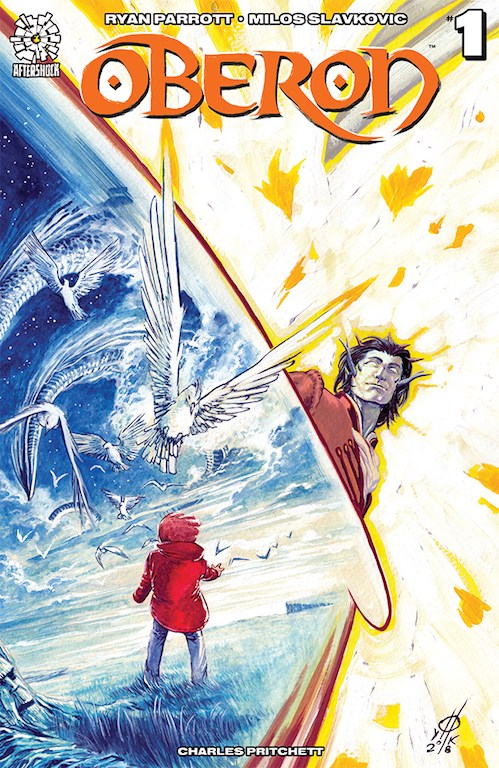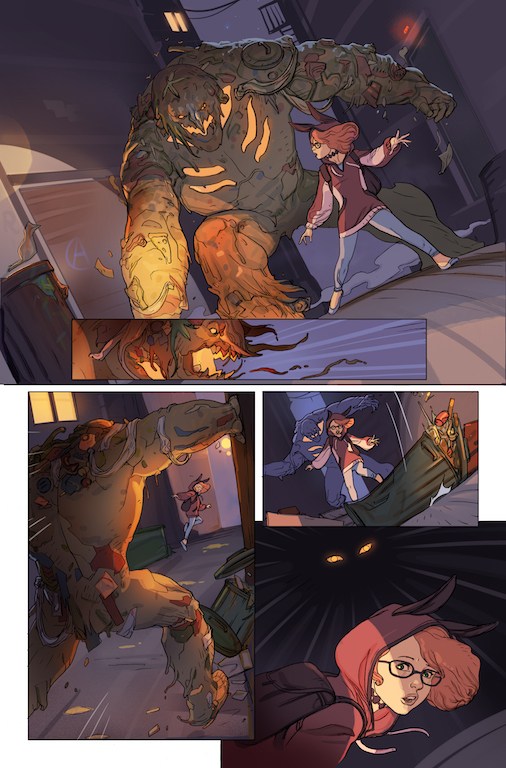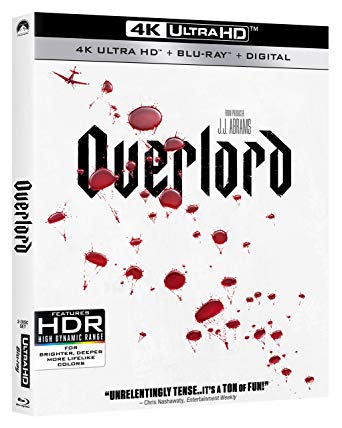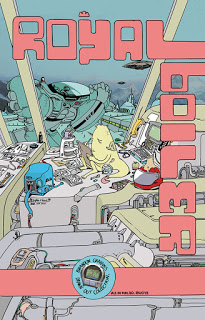I probably should say this first: this book is titled I, Rene Tardi, Prisoner of War in Stalag IIB, Vol. 1. And it’s credited to “Tardi.”
One might easily assume “Tardi” means “Rene Tardi,” the chap who was a POW. But one would be wrong.
Rene died in 1986, and never drew comics. (There are some of his sketches in the frontmatter here, so I don’t want to say he didn’t draw anything. He could draw better than me, for one thing.)
This “Tardi” is his son Jacques, who originally used both of those names for his bandes dessinees until the weight of all of those other French cartoonists who only use one name got to be too much for him, and he succumbed to the lure of the single moniker.
Even in a case, like this one, where that creates confusion. Style is more important than anything else, eh mes amis?
Rene POW is a 2012 comic — translated into English for a 2018 publication in the US — based on a series of notebooks that Jacques made during conversations with his father in the early ’80s. One may presume that he had the idea for this book even then; Jacques Tardi had been a working cartoonist for over a decade at that point. But it took a few more decades for him to get around to it, during years when he told stories about The Great War and Paris detectives and Adele Blanc-Sec and American crime and steampunky super-science and many more.
For a book that claims to be a memoir of WWII, Rene POW has some very odd elements. It starts off with an introduction by Dominique Grange, which is mostly about her father and only secondarily about Rene Tardi. Somewhat later in the book, the reader realizes that Grange is Jacques Tardi’s wife, but the book does not explain this explicitly anywhere. In honor of that connection, Rene meets Grange’s father in that POW camp later in the book — they didn’t actually meet then in real life, or at least didn’t remember it.
And then the book itself is framed as Rene telling the story to Jacques. Rene looks like he did at the time of the war, a strong, angry young man in his uniform, and he narrates the book — sometimes as a voice coming out of nowhere, sometimes as his young self in the scene. And then Jacques appears as a schoolboy, maybe ten or thirteen, who wanders through the scenes without being part of them, questioning his father in words that mostly seem to be post-Rene’s death but sometimes do turn into a conversation between the two men.
So this is neither exactly what Rene wrote nor a true collaboration between the two. It is instead based on notes made while Rene was alive, but full of questions and second thoughts that Jacques only had after his father was dead. But that’s the only way to collaborate with the dead: to take everything they did and said, and present it as honestly as possible, while also pointing out the things they didn’t do or say.
POW life in WWII was horrible, and the French had it nearly the worst. (The Russians probably had it the absolute worst, and the Americans probably the “best.”) Rene Tardi was in Stalag IIB for basically the entire war; he was captured just as France fell. So he has a long time of horrible events to cover here, and they are horrible and unpleasant and full of hideous details.
This is not quite as searing as Tardi’s books about World War One; this book is about his own father, who survived the war. But it’s still a war story, and it’s a reminder of how much war destroys — not just the people who are killed and the cities that are flattened, but also what’s broken in even the people who survive.
[1] Completely unconnected footnote: I realized, when putting together this post, that I don’t have a snarky tag for France. (England has There Will Always Be An England, for example, but I tend to use the vaguer Foreigners Sure Are Foreign for the whole rest of the world, which may not be the best plan.) My first thought, since my tags tend to be super-sarcastic and borderline obnoxious, was Wogs Begin at Calais, but that’s vastly too offensive.
So, instead, I’m creating the slightly less offensive new tag 246 Kinds of Cheese, in honor of De Gaulle. I trust you will treat this with exactly as much seriousness as it deserves.
![]()
![]()











































